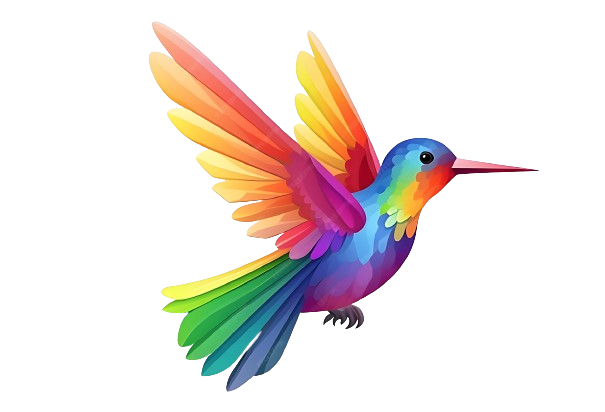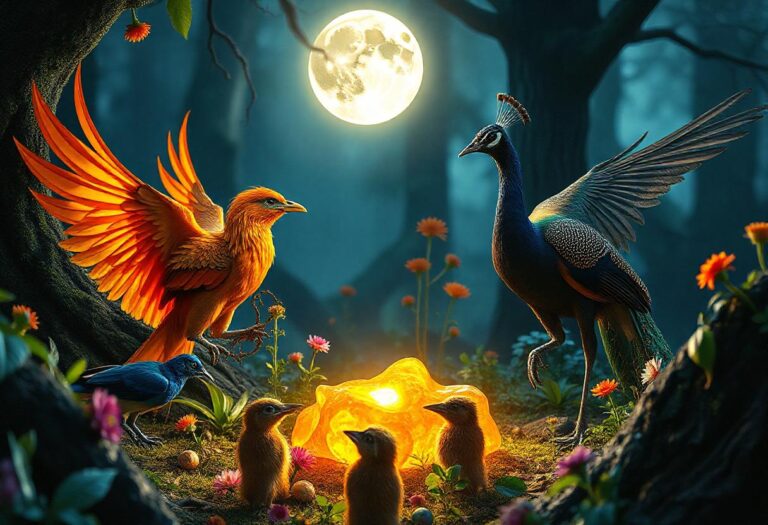Many creatures eat birds, including mammals, reptiles, and other birds. From hawks and eagles to cats and snakes, these predators play a crucial role in the ecosystem. Understanding what eats birds helps shed light on the intricate balance of nature.
Birds face threats from various angles. Some predators hunt them in the air, while others stalk them on the ground. Even household pets can pose a risk. This article explores the different animals that target birds, highlighting their hunting methods and impact on bird populations.
Key Takeaways
- Diverse Predators: Birds are preyed upon by a variety of mammals (e.g., coyotes, weasels), birds of prey (e.g., hawks, eagles), reptiles (e.g., snakes), and even amphibians and insects, all contributing to ecological balance.
- Unique Hunting Strategies: Different predator species utilize distinct hunting methods, from airborne attacks by birds of prey to ground stalking by mammals, influencing bird survival rates.
- Survival Adaptations: Birds have developed significant behavioral adaptations such as camouflage and strategic nesting to evade predators and ensure the safety of their young.
- Impact on Ecosystems: Bird predation affects ecosystem dynamics, including the balance of insect populations and the behaviors of other predators, illustrating their role in food web stability.
- Conservation Importance: Habitat protection and conservation efforts are vital for maintaining bird populations and biodiversity, which in turn supports healthy ecosystems.
Types Of Predators
Different predators target birds across various environments. Each group of predators employs unique hunting strategies, contributing to the balance of nature.
Mammals
Mammals represent a significant group of bird predators.
- Baboons: These monkeys typically eat smaller animals, including birds.
- Coyotes: Common in North America, coyotes actively stalk birds, especially flightless species like waterfowl.
- Weasels: Known for their agility, weasels hunt birds by climbing trees or invading birdhouses.
- Badgers: These nocturnal hunters feed on a diverse diet, including birds, frogs, and rodents.
Birds
Birds themselves often prey on other birds.
- Avivores: Species like shrikes and accipiters target other birds for food.
- Birds of Prey: Hawks, eagles, and owls represent powerful hunters, capable of capturing birds during flight.
Reptiles
Reptiles also play a role in avian predation.
- Snakes: Certain snake species, like the African tigerfish, are known to consume birds, especially when they are near water.
Amphibians
Amphibians can occasionally prey on birds, particularly their eggs and young.
- Frogs: Some frog species will eat small bird chicks when they are vulnerable.
Insects
Insects may not directly hunt birds but can impact their populations.
- Praying Mantis: This insect can ambush birds during nesting when they are nearest to their habitats.
The balance among these predators shapes bird populations and ecosystems. Each predator group plays an essential role in maintaining wildlife dynamics.
Also Read: Do Squirrels Eat Birds
Behavioral Adaptations Of Birds
Birds exhibit several adaptations to survive in environments filled with predators. Understanding these adaptations reveals how important Camouflage and Nesting Strategies are for their survival.
Camouflage
Ground-nesting birds often select nesting sites that match their individual markings. This choice enhances their Camouflage, making them less visible to predators. Research shows that the degree of camouflage significantly impacts survival rates. For example, studies indicate that birds that blend into their surroundings are up to 50% more likely to avoid detection. This adaptation allows them to thrive in various habitats, where avoiding predators is crucial.
Nesting Strategies
Birds use various Nesting Strategies to protect their young. Some species, like plovers and coursers, flee when threats approach, creating distance from the danger.
Other birds, such as nightjars, remain motionless, blending into their surroundings. Additionally, some birds, like the European cuckoo, engage in brood parasitism, tricking other bird species into raising their chicks. This behavior allows them to conserve energy and resources while ensuring their offspring’s survival.
Understanding these behavioral adaptations helps clarify the ongoing evolutionary battle between birds and their predators, ensuring their continued presence across diverse ecosystems.
Ecological Impact Of Bird Predation
Bird predation has significant effects on ecosystems. The presence of various predators influences the balance of animal populations and, consequently, the entire food web.
Food Web Dynamics
Predation affects Food Web Dynamics through trophic cascades. When bird populations decrease, it can lead to an increase in the populations of insects and plants that birds typically consume. This shift can disrupt the balance among various species within the ecosystem. For instance, studies show that reducing bird species in a region can lead to a notable rise in the insect population, impacting plant health and growth.
Predator-prey interactions are also important. Changes in bird populations can influence the behavior and distribution of predators. For example, when birds become scarce, predators like hawks might change their hunting grounds and target other prey. This shift can alter population densities for various species across multiple trophic levels.
Conservation Considerations
Conservation measures play a crucial role in maintaining bird populations. Protecting habitats reduces predation risks and promotes biodiversity. Areas with diverse species tend to have more stability in predator-prey relationships.
Efforts to monitor bird populations lead to better understanding of their ecological roles. According to recent data, conservation programs that focus on re-establishing bird habitats can increase local bird populations by up to 30% within a few years. This increase helps to strengthen ecosystems, leading to healthier environments where predators can thrive without leading to species decline.
Also Read: Do Birds Eat Castor Plants
Conclusion
Understanding what eats birds reveals the intricate balance of ecosystems. Predators play a vital role in shaping bird populations and their behaviors. The adaptations birds develop to survive against these threats highlight nature’s resilience and the ongoing struggle for survival.
Conservation efforts remain essential in protecting bird habitats and ensuring healthy populations. By fostering biodiversity and maintaining balanced predator-prey dynamics, ecosystems can thrive. As awareness grows regarding the challenges birds face, collective action can contribute to a more harmonious coexistence between birds and their predators.
Frequently Asked Questions
What are the main predators of birds?
Birds face multiple predators, including mammals like cats and raccoons, birds of prey such as hawks and owls, and insects like praying mantises and spiders. Each predator employs unique hunting methods, impacting bird populations and ecosystems.
How do birds use camouflage for survival?
Camouflage is vital for ground-nesting birds. They choose nesting sites that blend in with their feathers and surroundings, making it harder for predators to spot them. This skill significantly enhances their chances of survival.
What are common nesting strategies of birds?
Birds use various strategies, including fleeing, staying motionless, or utilizing brood parasitism, like the European cuckoo. These adaptations help them cope with threats, ensuring the safety of their young and improving their survival rates.
How does bird predation affect ecosystems?
Bird predation affects ecosystems by influencing population dynamics of insects and plants. A decline in bird populations can trigger trophic cascades, disrupting food webs and altering predator-prey interactions.
Why are conservation efforts important for bird populations?
Conservation efforts are crucial for maintaining bird populations and ensuring biodiversity. Protecting habitats and monitoring programs help strengthen ecosystems, promote balanced predator-prey relationships, and foster healthier environments for all species.
Also Read:

